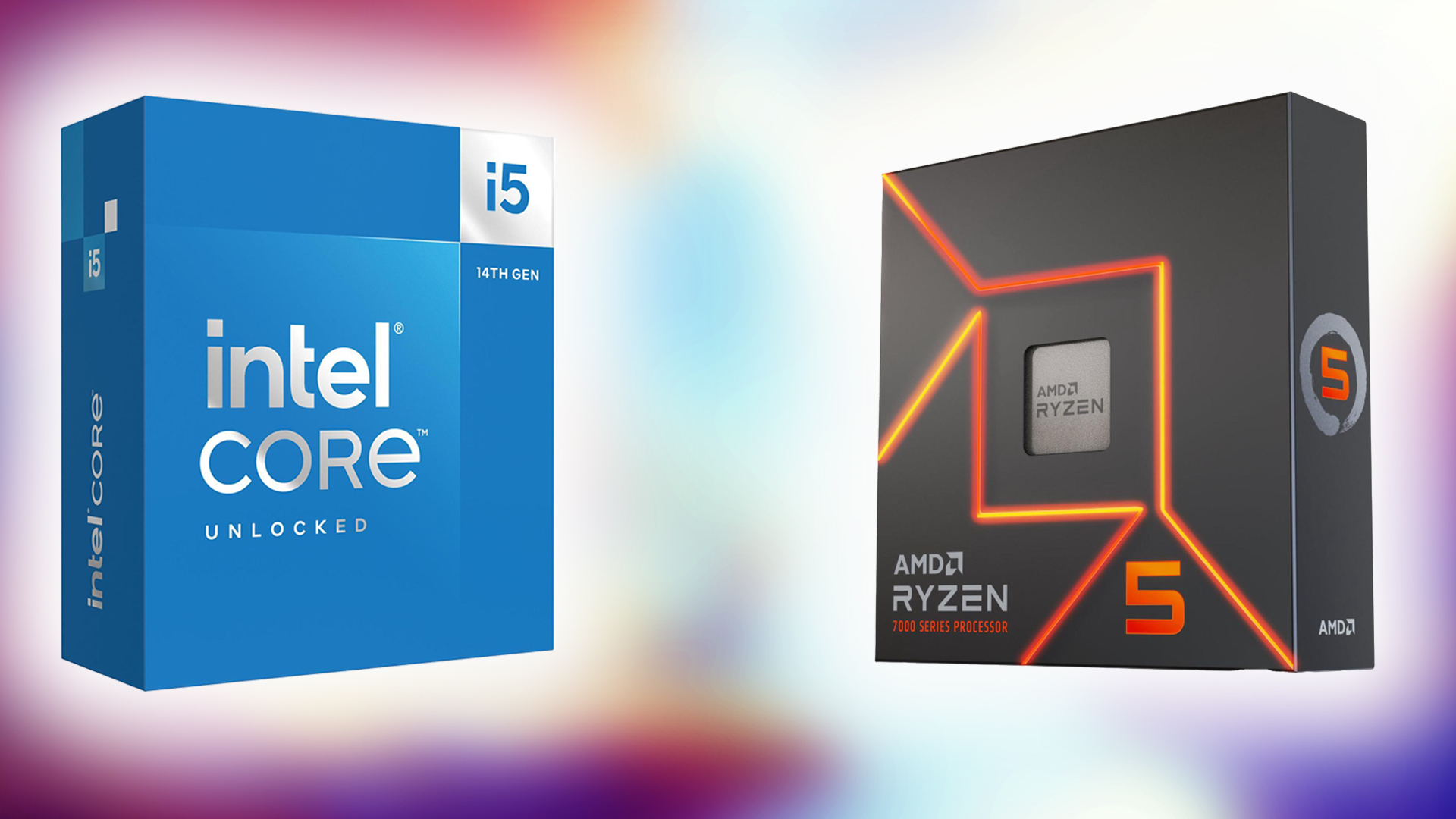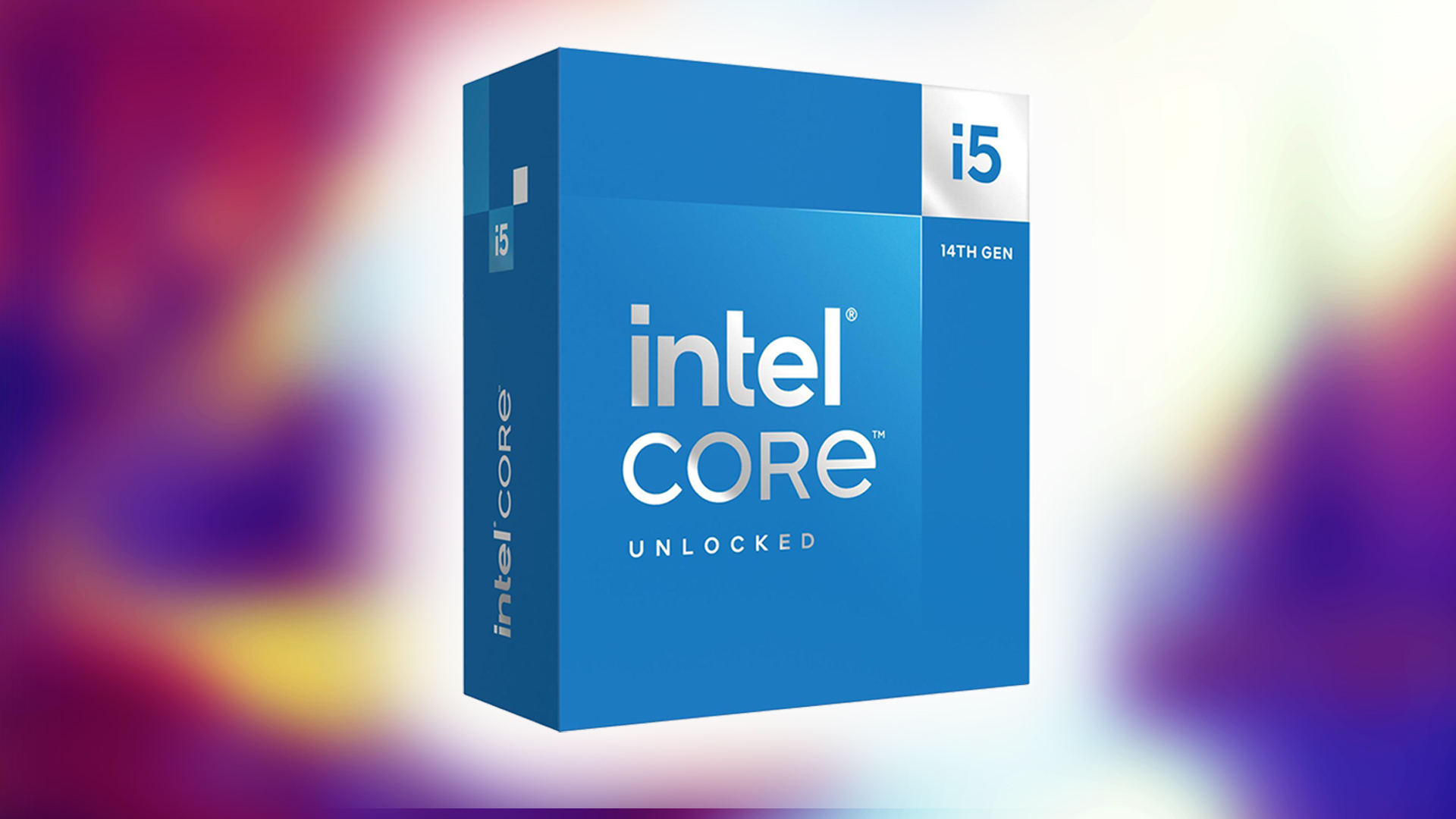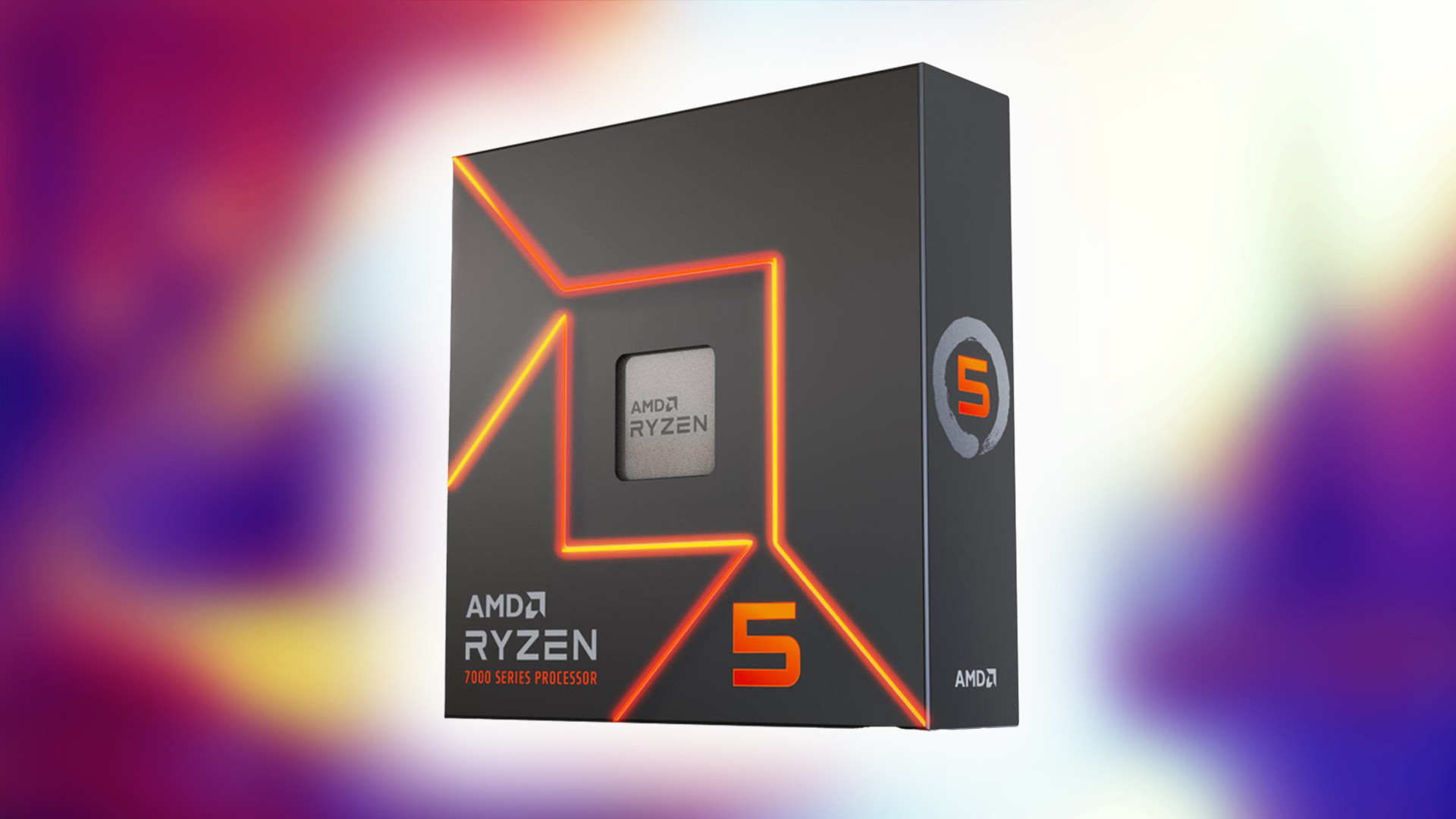Are you curious how the Core i5-14600K stands up against the Ryzen 5 7600X at 2025? Find out what we unveil in this discussion.

Mid-range CPUs have always been the go-to choice for budget-oriented gamers and content creators. In 2025, CPUs have evolved, and even the mid-range looks like an enthusiast-grade. Competition from both brands continues. What a lovely time to look for an upgrade. Now, when considering gaming, the 14th-generation Raptor Lake Refresh (14600K) and the Ryzen 5 7600X are almost equal.
However, there are a few factors that set both of these CPUs apart from each other. This article will highlight the key differences based on manufacturers’ official data and real-world experience so readers can decide which one to pick.
Note: Pricing details are as of Newegg, dated 23rd March 2025. Before making a purchase decision, please make sure you have the right components so that you do not run into platform-specific compatibility issues.
Intel Core i5-14600K vs AMD Ryzen 5 7600X – Design, Strengths, Performance, and Tradeoffs
Intel Core i5-14600K

- Structure – Combines 6 Performance (P) cores for high-intensity tasks—and 8 Efficiency (E) cores for background processes.
- Core Configuration – Hybrid.
- Fabrication – Intel 7 (10nm).
Strengths:
- Best in class multithreading in the mid-range segment.
- Memory Flexibility – Supports DDR4 and DDR5, but motherboard selection matters.
- Turbo Boost – Up to 5.3 GHz on P-cores for short bursts.
- Supports Intel Thread Director.
- Supports Intel Dynamic Tuning.
- Aggressive retail pricing at $229.
- It can run on budget air coolers in stock settings.
- Incredible overclocking potential.
Weaknesses:
- Power draw can be an issue, but tweaking, such as undervolting, can fix it.
- Outdated Socket (LGA 1700 is replaced by LGA 1851).
- Oxidation issues over time.
- It benefits from low-latency DDR5, improving performance in gaming workloads.
- Platform costs can be high if the user tinker with the CPU and unlock its hidden potential.
- Tuning / Overclocking and undervolting failures can void your warranty; please be cautious.
AMD Ryzen 7 7600X

- Structure – Single Core Complex Die (CCD) with 6 active Zen 4 cores and an I/O die for connectivity.
- Fabrication – TSMC N4P (5nm).
Strengths:
- It was one of the fastest native 6 cores back in its days. Just like the good old Thuban days (Phenom II x6 1100T).
- Amazing power efficiency.
- It can pull the likes of an RTX 5080 / RTX 4090 without any issues.
- AM5 socket will be relevant for longer (until 2027).
- It can be tuned on cheaper motherboards.
- Lower power draw means it can run on cheaper motherboards with weaker VRM configurations.
Weaknesses:
- 7600 non-X seems like a better alternative.
- Multithreading demands more.
- Average video editing performance .
- Good AM5 motherboards are on the expensive side.
- At $218, it’s better to get the 9600X over the 7600X and the non-X, as it’s much faster than the 7600X but still not than the 14600K.
- Tuning / Overclocking and Undervolting failures can void your warranty; please be cautious.
Final Verdict
The 14600K is a no-brainer, considering mid-range gamers and content creators are looking for an upgrade. However, the Ryzen variants, including the 7600 non-X, are always a cheaper option, and can be upgraded later when even newer generations launch.
Specifications for the 14600K and 7600X
| Feature | Intel Core i5-14600K | AMD Ryzen 5 7600X |
| Architecture | Hybrid (P+E Cores) | Chiplet (Zen 4) |
| Core/Thread Count | 14 cores (6P + 8E) / 20 threads | 6 cores / 12 threads |
| Base Clock | P-core: 3.5 GHz, E-core: 2.6 GHz | 4.7 GHz |
| Boost Clock | Up to 5.3 GHz | Up to 5.3 GHz |
| Cache (L3) | 24 MB | 32 MB |
| Manufacturing Process | Intel 7 (10nm) | TSMC 5nm (CCD), 6nm (I/O die) |
| TDP (Base / Boost) | 125W / up to 181W | 105W |
| Socket Compatibility | LGA1700 | AM5 |
| Memory Support | DDR4-3200 / DDR5-5600 | DDR5-5600 |
| PCIe Support | PCIe 5.0 | PCIe 5.0 |
| Integrated Graphics | Intel UHD Graphics 770 | AMD Radeon Graphics (RDNA 2) 2CU |
| Price (as of March 23, 2025) | ~$229 (Newegg) | ~$218 (Newegg) |
Looking For More Related to Tech?
We provide the latest news and “How To’s” for Tech content. Meanwhile, you can check out the following articles related to PC GPUs, CPU and GPU comparisons, mobile phones, and more:
- 5 Best Air Coolers for CPUs in 2025
- ASUS TUF Gaming F16 Release Date, Specifications, Price, and More
- iPhone 16e vs iPhone SE (3rd Gen): Which One To Buy in 2025?
- Powerbeats Pro 2 vs AirPods Pro 2: Which One To Get in 2025
- RTX 5070 Ti vs. RTX 4070 Super: Specs, Price and More Compared
- Windows 11: How To Disable Lock Screen Widgets
 Reddit
Reddit
 Email
Email


![Valorant Patch Notes 10.01 [Source: Riot Games]](https://static.deltiasgaming.com/2025/01/GhpQPMTWMAEiYua-800x450.jpg)